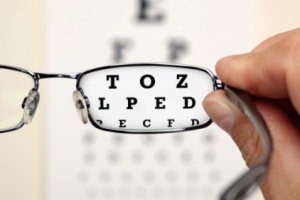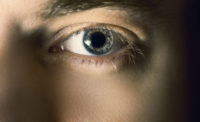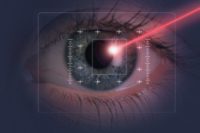 The expected increase in visual impairment in the workplace is an emerging issue for employers. As the 30 million so-called baby boomers age, the number of Americans who will experience vision loss will grow; it is expected to double over the next 30 years, according to the American Foundation for the Blind. Currently about 10 million people in the United States are blind or visually impaired. Of those, 65 percent are age 55 or older. The onset of age-related vision loss can be seen in US Census data, beginning in people in their late 40s or early 50s.
The expected increase in visual impairment in the workplace is an emerging issue for employers. As the 30 million so-called baby boomers age, the number of Americans who will experience vision loss will grow; it is expected to double over the next 30 years, according to the American Foundation for the Blind. Currently about 10 million people in the United States are blind or visually impaired. Of those, 65 percent are age 55 or older. The onset of age-related vision loss can be seen in US Census data, beginning in people in their late 40s or early 50s.
Visual impairment may be due to age-related eye disorders or to normal changes to the aging eye. Some of these changes may affect performance but be very difficult to recognize. This can result in an employee's productivity decreasing, with no one knowing why. One of the most difficult limitations is fluctuating vision. Fluctuations may depend on time of day, the environment, or how the person is feeling physically or emotionally. The condition is hard to explain to others and can result in major changes in a person's ability to function consistently on a day-to-day basis.
Normal changes to the aging eye include:
- Diminished focusing power
- Need for more light; increased sensitivity to glare
- Fluctuating vision
- Difficulty with light/dark adaptation
- Reduced sensitivity to color perception and contrast; reduced depth perception
- Age-related vision loss due to eye disorders includes:
- Macular degeneration: affects central vision
- Diabetic retinopathy: makes vision distorted
- Glaucoma: affects peripheral vision
- Cataracts: makes vision cloudy



